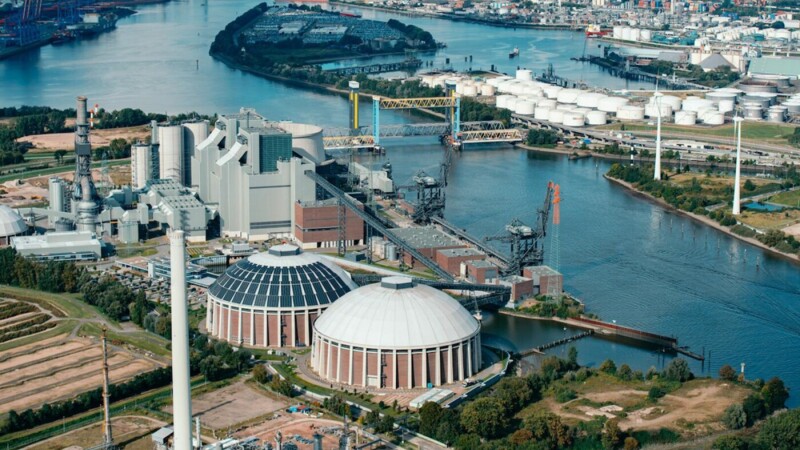CC4E is developing practical solutions to the energy transition in the Bergedorf Innovation Park with emphasis on heat, electricity, sector coupling and hydrogen. Even recent setbacks to the hydrogen economy have not diminished its importance. Airbus has postponed the development of its hydrogen aircraft while ArcelorMittal has shelved plans to produce green steel using hydrogen and Quest One is reducing its workforce. "Building hydrogen infrastructure in Hamburg remains the right thing to do. We need a core hydrogen network to meet demand in future," said Schäfers. However, green hydrogen is too expensive at the moment to produce competitively.
Hamburg is now aiming for carbon neutrality by 2040, five years ahead of the national target of 2045. "Yes, it's ambitious, but it's feasible," says Professor Hans Schäfers, Director of the Competence Centre for Renewable Energy and Energy Efficiency (CC4E), and stressed the need to meet climate targets as early as possible. The World Meteorological Organisation's 2024 report, which notes a new peak in man-made climate change, proves him right. Efforts to protect lives and livelihoods must be stepped up, the study found. Schäfers stressed: "A fundamental transformation of our energy system is needed to tackle climate change and must be supported by society." CC4 is thus focusing on "social transformation and acceptance", among other issues.
Developing hydrogen infrastructure
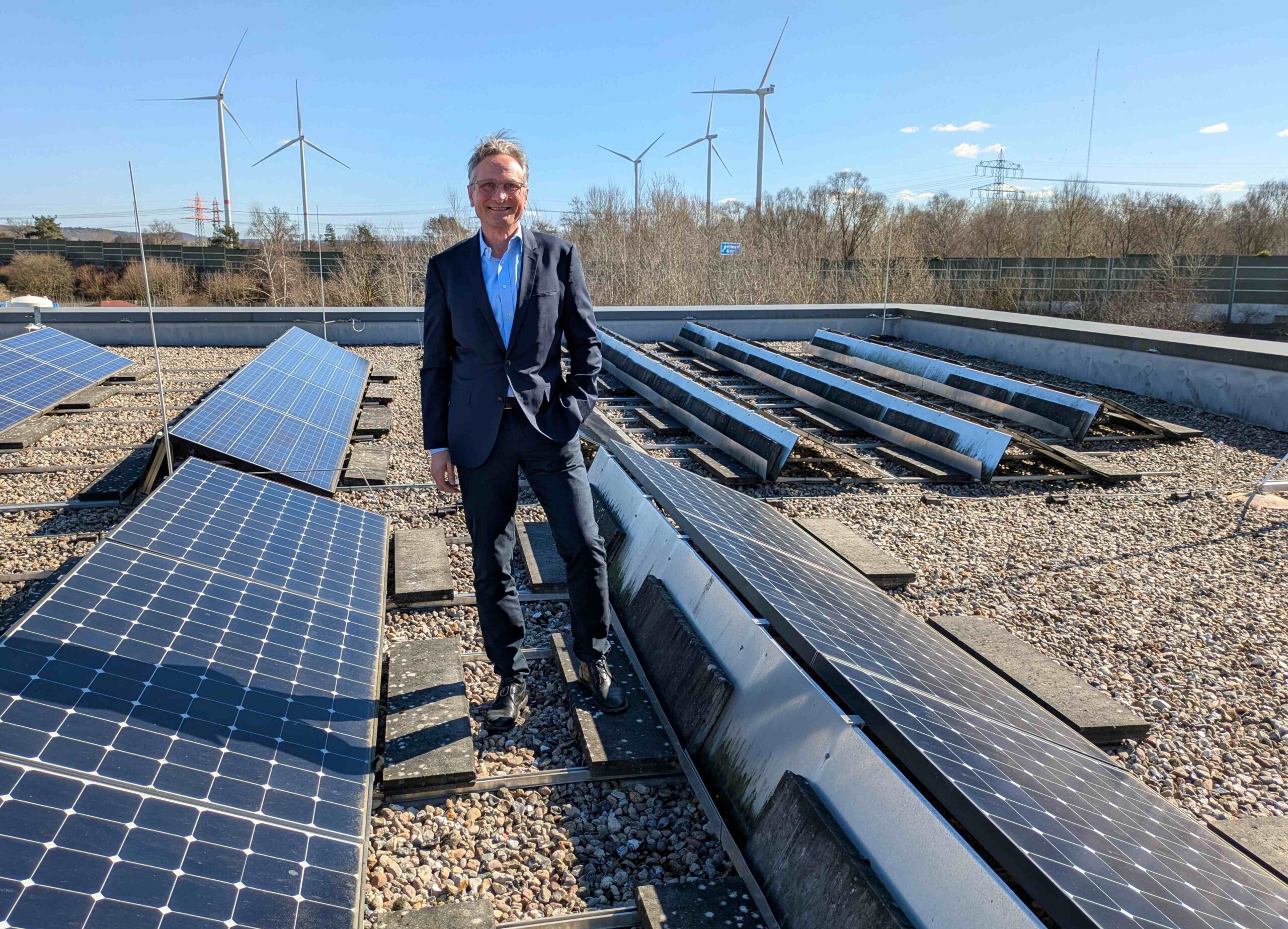
Transition phase with blue hydrogen
Yet, the cost of producing green hydrogen is expected to fall, according to the Hamburg-based Statista: "By 2050, the price will fall to nine cents per kilowatt hour, if the trend continues (given assumptions about CO₂ pricing and natural gas price levels)." But is that enough? "For industry to be able to produce competitively, the price should be comparable to the price of natural gas before the war on Ukraine, i.e., around four cents per kilowatt hour," said Schäfers, who is Professor of Intelligent Energy Systems and Energy Efficiency at HAW Hamburg. The use of blue hydrogen is therefore tenable for a transitional phase, he added. Blue hydrogen is produced mainly from natural gas using steam reforming while green hydrogen is produced by electrolysis of water using only renewable energy.
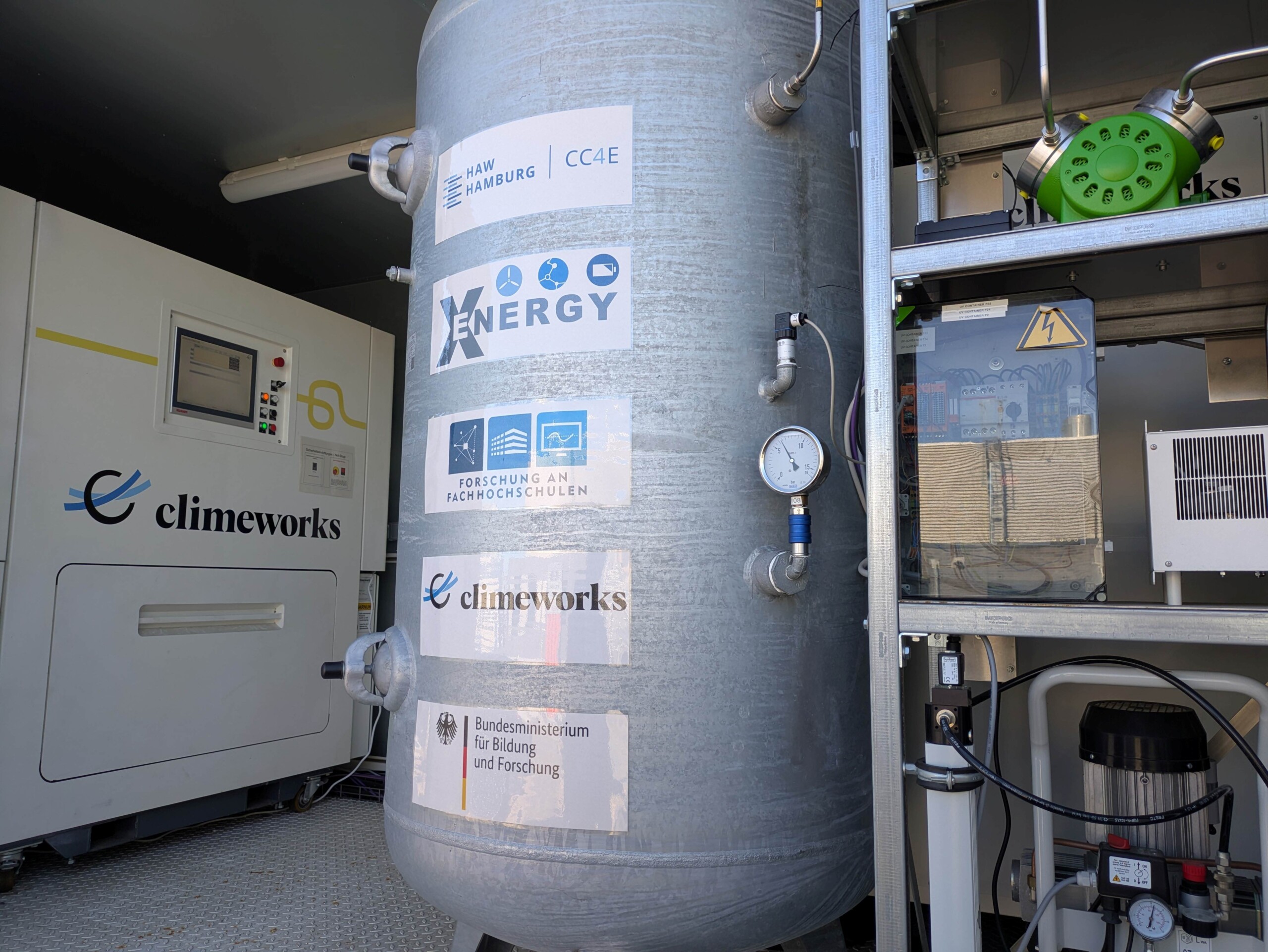
Lowering costs
Several aspects could lower the cost of green hydrogen, according to Schäfers. "Streamlining the regulatory framework would simplify the approval procedure and save time and resources as well. This approach has proven successful at speeding up the approval of wind turbines. In 2024, around 2,400 turbines with a capacity of over 14,000 megawatts (MW) were approved nationwide - an increase of 85 per cent over 2023. And wind power is a clear location factor for Hamburg and Schleswig-Holstein, Schäfers pointed out, adding: "The two states together produce more wind energy than the region needs, even though industry in Hamburg has a huge appetite for energy."
Economies of scale expected
The 100 MW green hydrogen electrolysis plant being built on the site of the decommissioned Hamburg-Moorburg coal-fired power station will be powered by local wind energy. If all goes according to plan, commercial hydrogen production could start in 2027 and be expanded to 800 MW in future. But will the state-of-the-art electrolyser in Moorburg make energy cheaper? "Perhaps a little. History teaches us that technology becomes more efficient as it moves towards standardised processes and mass production." Thus, the expansion to 800 MW in Moorburg could lead to economies of scale.
Port of Hamburg crucial to national hydrogen hub
The Port of Hamburg is especially important for the hydrogen economy. "We will have to import a large proportion of our hydrogen requirements from countries that produce green energy cheaply such as North Africa or the United Arab Emirates in future." Hamburg could play a key role as Germany's hydrogen hub, according to study by the Fraunhofer Centre for Maritime Logistics and Services (CML) on behalf of the Ministry of Economics in Hamburg. A successful hydrogen market ramp-up is crucial for both for the energy transition and Hamburg, Schäfers stressed, adding: "The import of hydrogen as a growing business segment could become a key factor for the future of the Port of Hamburg."
Hamburg has become a central hub for the energy transition. Renewable energies and the development of a green hydrogen economy are a particular focus here. Further information can be found at future.hamburg.
ys/pb
Sources and further information
CC4E
Thirty-two professors and 60 research assistants at the Competence Centre for Renewable Energies and Energy Efficiency (CC4E) at the Hamburg University of Applied Sciences (HAW Hamburg) are currently working on numerous (sub) projects to come up with solutions to a wide range of technological, social, political and economic issues. The five-year Northern German Living Lab (NRL) project, for instance, involves more than 50 partners and is backed by six North German ministries. The aim is to identify new ways of achieving carbon neutrality in industry, heat supply and transport. The NRL comprises seven electrolysers with a hydrogen production capacity of around 15 MW.
More
Similar articles
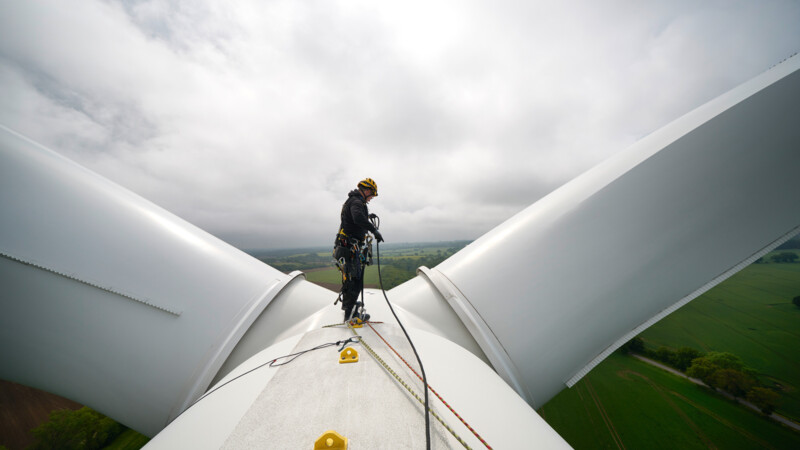
EEHH's vision of networked energy transition drawing closer
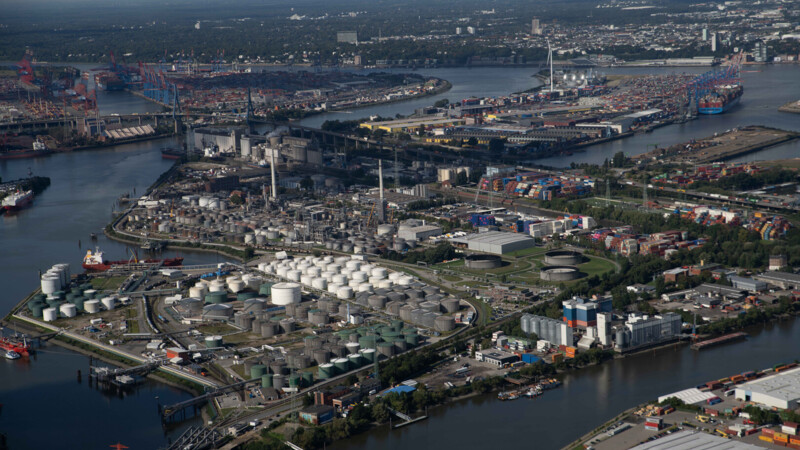
AI platform accelerating approval procedures for hydrogen projects

Scaleup Hamburg bringing greentech innovations to Hamburg
